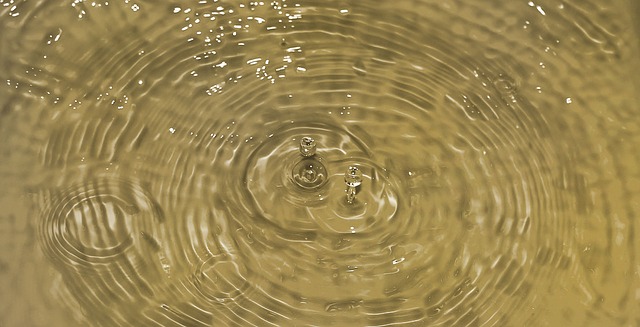Introduction
Currently, Pakistan is known as the water-stressed country that would soon take the title of the water-scarce country in the near future unless strong water conservation strategies and management plans are implemented. In 2018, it was stated in an international report that, by 2025 Pakistan would become a water-scarce country due to depleted water resources. A campaign was started by the Government of Pakistan to fund DAM projects by the People of Pakistan. The purpose of this campaign was to construct of New DAMs because of the dead water storage level in Mangla and Tarbela Dams.
Also check out: Pakistan’s Living Indus Initiative And Its Importance
Water Sources
The water sources in Pakistan include rainfall, glaciers water, groundwater, and rivers. The rainfall pattern keeps on changing from area to area, some parts of the country receive more rainfall while others get less precipitation. The surface and groundwater sources of the country are linked with the Indus River Basin.
Reasons for Water Scarcity
Pakistan has almost 7,253 glaciers more than any country in the World and the longest Indus River Basin yet it faces water-scarcity-related issues. Water pollution in Pakistan is becoming extremely common. Due to climate change in Pakistan, there are fewer rains and the groundwater sources are not getting recharged due to housing schemes and increased settlements in urban areas. The economy of Pakistan is dependent on the agricultural sector. The agricultural practices are based on flood irrigation resulting in increased water loss. There are fewer water storage reserves in the country and the already present reserves are contaminated with siltation and sedimentation.
Also check out:
Water Scarcity Crisis in Pakistan: Causes, Effects, Solutions
The Projected Future of Water Scarcity Crisis In Pakistan
Water Usage by Agricultural Sector
Pakistan is an agricultural country where many people are employed in this sector and almost half of the population is associated with the agriculture system for livelihoods. The agricultural parts of the country include Punjab and Sindh. In these areas due to agricultural practices, the groundwater resources are not getting recharged. The groundwater overdraft is the main issue that is affecting groundwater recharging. Along with that, farming contributes to almost 93% of the water consumption in the country.
Also Read: South Asia Water War – Impact of Indian Hegemonic Aim on Pakistan
Consequences of Climate Change on Water Sources
Climate change in Pakistan is severely affecting water sources. It is influencing the hydraulic patterns of the river systems in the country. The water flow in the Indus River System has already been decreased. The dry weather condition would lead to increased evaporation and unproductive soil. The increasing temperature will disturb the thermal energy production sector of the country. Climate change will likely influence Baluchistan as well coastal areas.
Also check out: Aquifer Vulnerability And Groundwater Quality In Pakistan
Conclusion
The dark clouds of climate change in terms of water scarcity are hovering over Pakistan. The groundwater overdraft due to increased urbanization, irrigational practices, household water usage, lower water levels in rivers, siltation and sedimentation, elevated land surface temperature, climate change and politics over water resources are leading factors causing water scarcity in Pakistan. Some areas of Pakistan might turn into desert/ barren lands that would no longer support life.
Recommendation
The residents of Pakistan should play their role in water conservation at the domestic level. At the national level, the government of Pakistan should make people aware of strategies regarding water conservation. There are numerous simple techniques concerning water recycling, conservation, and management adopted by other nations at household. Also, there is much need for public awareness related to water scarcity in Pakistan.
Some other things that can help resolve and prevent water crisis in Pakistan are discussed in articles below:
Rainwater Harvesting Project Lahore – Why We Need More?
Dire Need of Sea Water Desalination Plants in Baluchistan Pakistan
Dire Need of Sea Water Desalination Plants in Sindh Pakistan
We all together as one nation can make a huge difference. Let’s join hands and play our individual role to save water, to save lives, and to save our beloved Pakistan from water scarcity.
Also, Check Out Dangerous levels of Radon found in drinking water in District Bannu
I hope you all liked this post! Please comment below if you have any suggestions, comments, or feedback! We at #envpk love hearing from our readers! Thanks!





1 Comment
It would be better to add some researched based data and key facts.